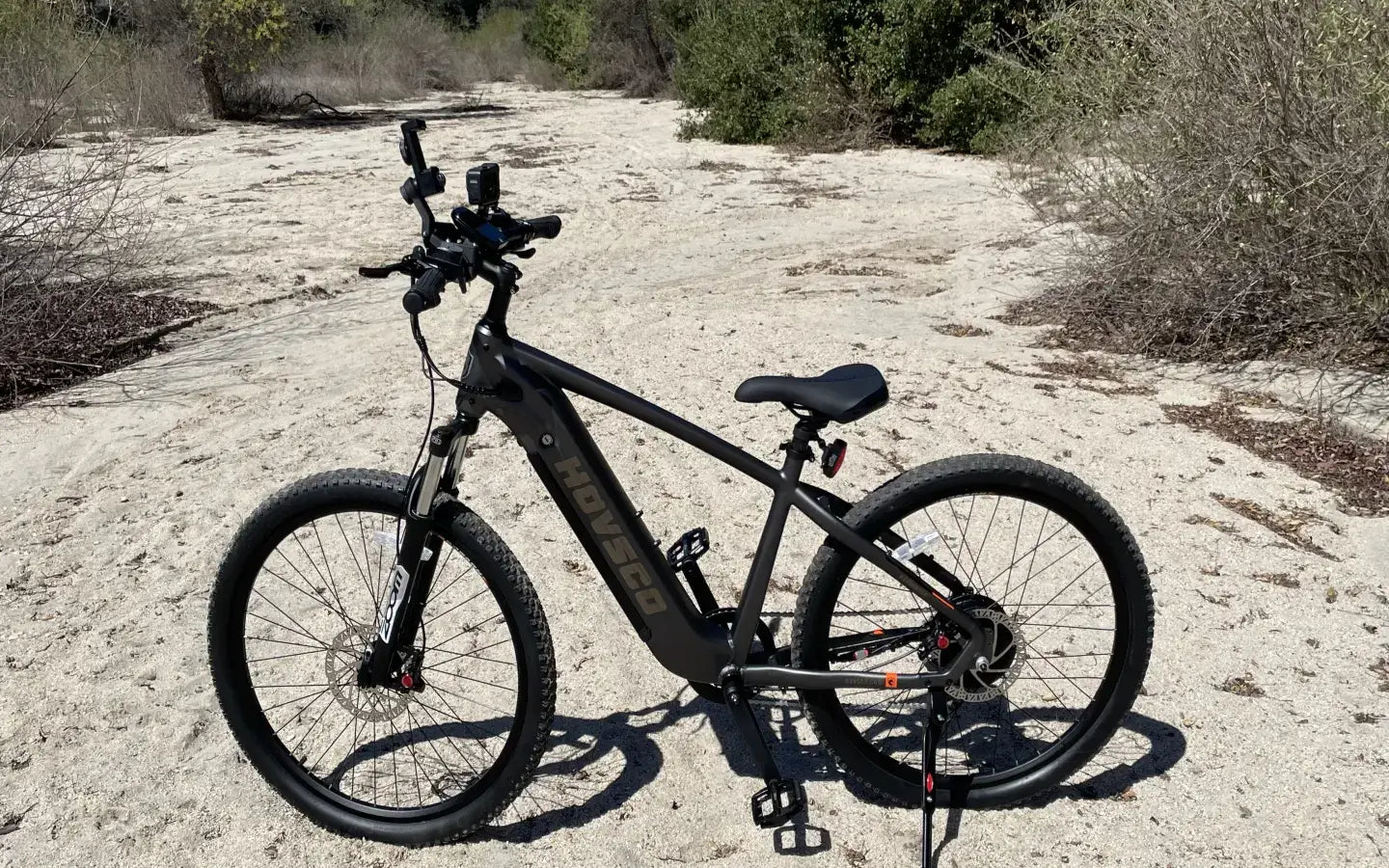
- by LiuJiazhu
What Safety Features Prioritize Commuter Bike Protection?
- by LiuJiazhu
Commuter bike safety prioritizes hydraulic disc brakes for reliable stopping, integrated lighting systems for visibility, puncture-resistant tires to prevent flats, reflective elements for low-light conditions, and durable frame materials like aluminum. These features collectively enhance rider protection, reduce accident risks, and ensure consistent performance in urban environments.
Critical safety features include hydraulic disc brakes for immediate stopping, LED lighting systems for visibility, reflective sidewall tires, and reinforced frames. These components address collision risks, visibility gaps, and mechanical failures, forming the foundation of urban cycling safety.
Urban commuters face unpredictable traffic and road hazards, making brake reliability non-negotiable. Hydraulic disc brakes offer 20–30% shorter stopping distances than mechanical variants, crucial for sudden obstacles. Integrated LED lights with 100+ lumens ensure visibility in dawn/dusk rides, while reflective tires boost side visibility by 50% compared to standard models. Practically speaking, a bike without these features is like a car without headlights or ABS—functional but dangerously limited.
Pro Tip: Pair front/rear lights with reflective ankle straps for 360° visibility. But what happens when a driver doesn’t see you at dusk? A 2022 Toronto study found bikes with reflective tires reduced night collisions by 37%.
Hydraulic brakes use sealed fluid systems for consistent pressure, while mechanical brakes rely on cable tension. This difference impacts stopping power, maintenance, and wet-weather performance.
Hydraulic systems generate up to 1,200 PSI of force versus 600 PSI in mechanical setups, translating to faster stops on wet roads. The self-adjusting pads in hydraulic models eliminate monthly cable tightening—a common hassle with mechanical brakes. For example, a rider braking downhill at 25 mph needs hydraulic’s modulated control to avoid skidding. Beyond raw power, hydraulic systems last 2–3x longer between services.
Pro Tip: Test brake responsiveness monthly by squeezing levers at rest—if they touch the handlebar, service is due. But are they worth the 30–50% higher cost? For daily commuters, the safety ROI is undeniable.
| Feature | Hydraulic Brakes | Mechanical Brakes |
|---|---|---|
| Stopping Distance (Wet) | 15–18 meters | 22–25 meters |
| Maintenance Interval | 6–12 months | 1–2 months |
| Cost | $100–$200 | $40–$80 |
Integrated LED lights powered by the bike’s battery provide reliable, always-available illumination, unlike detachable options that riders often forget or lose.
Commuter bikes with automatic light sensors activate at dusk, ensuring no "forgot to turn on" moments. Integrated systems also avoid the 15–20% voltage drop seen in USB-charged lights, maintaining brightness for 10+ hours. Practically speaking, a built-in 200-lumen light illuminates road debris 30 feet ahead—critical for pothole avoidance.
Pro Tip: Choose lights with a "daytime pulse" mode to stay visible in sun glare. But can’t you just use a smartphone flashlight? Unlike bike-specific LEDs, phone lights lack focused beams and drain batteries dangerously fast.
Puncture-resistant tires with 3–5mm belt layers reduce flat risks by 80% compared to standard tires, preventing roadside delays and accidents.
Urban debris like glass and nails easily pierce 60–80 TPI tires but struggle against Kevlar-lined or rubber-shielded models. Schwalbe Marathon Plus tires, for instance, last 7,000+ miles with only 3% puncture rates. Beyond durability, their reinforced sidewalls improve cornering stability—key when swerving around car doors.
Pro Tip: Pair them with tire liners for "double armor" protection. But aren’t they heavier? Yes, by 150–300g, yet the safety payoff outweighs the marginal speed loss.
Aluminum frames offer the best balance: 30% lighter than steel, corrosion-resistant, and durable enough for pothole impacts. Carbon fiber excels in race bikes but cracks under frequent curb jumps.
Aluminum’s 6061-T6 alloy withstands 50,000+ stress cycles, unlike steel’s susceptibility to rust in rainy climates. For example, a NYC delivery bike averaging 50 miles daily lasts 5+ years on aluminum versus 3 with steel.
Pro Tip: Check weld points annually for cracks. But what if you prefer steel’s ride comfort? Add a suspension seatpost to aluminum frames for similar vibration dampening without corrosion risks.
| Material | Weight | Durability | Corrosion Resistance |
|---|---|---|---|
| Aluminum | Medium | High | Excellent |
| Steel | Heavy | Medium | Poor |
| Carbon | Light | Low | Good |
Absolutely—their superior wet-weather performance and low maintenance justify the investment for daily riders.
Can I add reflectors to a bike without them?Yes, use ASTM-approved reflective tape on forks and seat stays for DIY visibility boosts.
How often should I check my bike’s lights?Test them weekly and clean lenses monthly—dirt can reduce light output by 50%.
Do puncture-resistant tires affect ride comfort?Minimally—modern designs use flexible compounds to absorb shocks while blocking debris.
Is aluminum better than carbon for commuter frames?Yes—aluminum handles daily abuse better, while carbon’s fragility suits racing, not potholes.
Share:
What Are the Best Cargo Bikes for Urban Family Transportation?
What Maintenance Steps Ensure A Reliable Daily Commuter Bike?